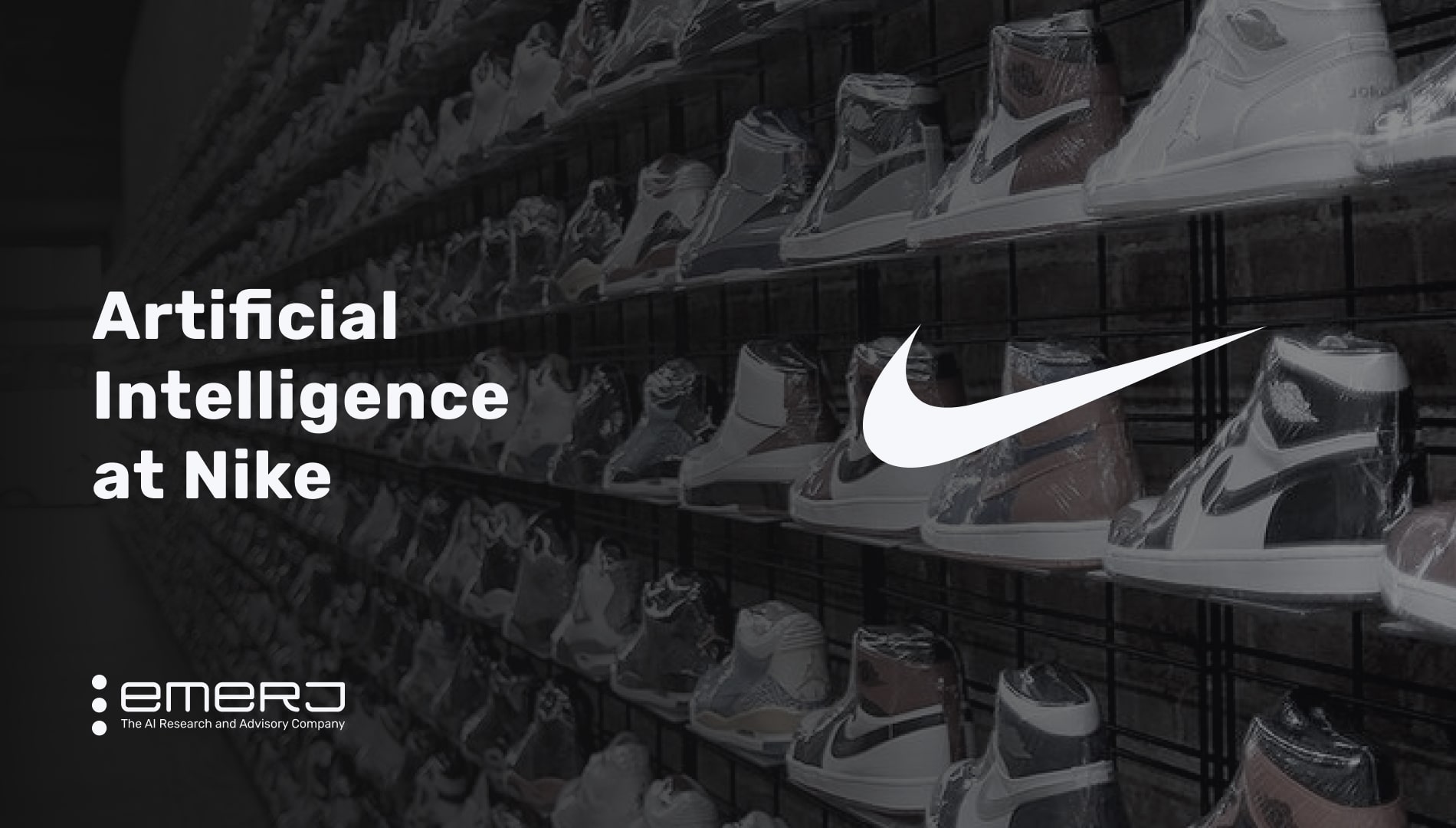Why Nike Shoe Production Remains A Challenge For Robots

Table of Contents
The Dexterity and Precision Hurdle
The intricate nature of shoe assembly presents a major challenge for robots. The manufacturing process requires a level of fine motor skill and precision currently beyond the capabilities of most robotic systems.
Fine Motor Skills Required
Many tasks involved in Nike shoe production demand exceptional dexterity. Consider these examples:
- Stitching: The precise stitching of various materials, requiring consistent tension and stitch length, is difficult for robots to replicate consistently.
- Gluing: Applying adhesive precisely and evenly to ensure a strong bond, while avoiding excess glue, is a skill requiring fine motor control and visual feedback.
- Attaching Intricate Components: Positioning and attaching small, delicate components like eyelets, logos, and reinforcement patches requires pinpoint accuracy.
- Material Handling: Different materials (leather, mesh, synthetic fabrics) possess varying properties impacting robotic manipulation; gripping and positioning these materials reliably poses a significant challenge.
The variability in material properties further complicates matters. Robotic grippers need to adapt to different textures, thicknesses, and stiffnesses, a task that requires advanced sensor technology and sophisticated control algorithms.
Adaptability to Variations
Nike produces a vast array of shoe designs, sizes, and styles. Each variation presents unique challenges for robotic automation.
- Different Shoe Types: From basketball shoes with complex cushioning systems to running shoes with intricate knit uppers, the diverse designs demand highly adaptable robotic systems.
- Size Variations: Adjusting robotic processes to accommodate the wide range of shoe sizes necessitates flexible automation, capable of handling various dimensions and component placements.
- Material Diversity: The increasing use of innovative materials in shoe manufacturing further adds to the complexity, requiring robots capable of handling a broader spectrum of materials and their individual properties. This necessitates frequent reprogramming and adjustment, which is time-consuming and expensive.
The Economic Factor
While robotic automation offers potential long-term benefits, the initial investment and ongoing costs present considerable hurdles for Nike and other shoe manufacturers.
High Initial Investment Costs
The cost of purchasing and implementing advanced robotic systems capable of performing the intricate tasks involved in shoe production is substantial. This includes:
- Robot Purchase and Installation: High-precision industrial robots capable of handling shoe assembly are expensive to purchase and install.
- Integration Costs: Integrating the robots into existing production lines necessitates significant modification and re-engineering, adding considerable expense.
- Software and Programming: Developing and maintaining the sophisticated software required to control and manage these robots requires specialized expertise and continuous investment.
Comparing the cost of robotic automation with current human labor costs is crucial for assessing ROI. While robotic systems can potentially reduce labor costs in the long run, the significant upfront investment and ongoing maintenance expenses need careful consideration.
Return on Investment (ROI) Uncertainty
The long-term ROI of robotic automation in shoe manufacturing remains uncertain. Several factors contribute to this uncertainty:
- Maintenance and Repair: Industrial robots require regular maintenance and occasional repairs, which can be costly and disrupt production.
- Software Updates: Advances in robotics require continuous software updates, adding ongoing expenses.
- Technological Obsolescence: The rapid pace of technological advancements in robotics means that robots may become obsolete relatively quickly, requiring costly replacements.
These factors highlight the risks associated with investing in robotic automation for Nike shoe production, making a comprehensive cost-benefit analysis critical before implementing large-scale automation.
The Integration Complexity
Integrating robots into the existing shoe manufacturing processes presents a major logistical challenge.
Integrating Robots into Existing Production Lines
Existing shoe factories are often complex and highly optimized production lines. Integrating robots into these environments requires extensive re-engineering and can cause significant disruptions to production:
- Line Re-configuration: Production lines may need to be re-designed to accommodate the robotic systems effectively.
- Workflow Optimization: Processes may need to be re-structured to maximize the efficiency of robotic integration.
- Human-Robot Collaboration: Careful planning is essential to ensure seamless collaboration between human workers and robots.
These factors add considerable complexity and cost to the implementation of robotic automation.
Software and Programming Limitations
Current robotic software and programming have limitations in handling the nuances of shoe assembly.
- Adaptability to Unpredictable Factors: Robots often struggle with tasks involving unpredictable factors, such as variations in material properties or unexpected assembly issues.
- Advanced AI and Machine Learning: The development of more sophisticated AI and machine learning algorithms is essential to improve the adaptability and robustness of robotic systems.
- Programming Complexity: Programming robots for complex tasks, like those involved in shoe production, remains a time-consuming and challenging process.
The need for advanced AI and machine learning to enhance robotic adaptability is paramount. This would improve the robots’ ability to handle variations in materials, designs, and sizes, making them more versatile and cost-effective in the long run.
Conclusion
The challenges preventing complete robotic automation in Nike shoe production are multifaceted, encompassing dexterity limitations, significant economic considerations, and integration complexities. While robots excel in repetitive, high-precision tasks in other industries, the intricate nature of shoe assembly, coupled with economic uncertainties and integration hurdles, presents a formidable barrier. Future advancements in AI, soft robotics, and collaborative robots might overcome these challenges, but for now, a fully automated Nike shoe production line remains a distant prospect. To fully understand the ongoing evolution of Nike shoe production and the role of robotics, further investigation is crucial. Explore more resources on the challenges and future of automation in athletic footwear production.

Featured Posts
-
 Assessing The Impact Of Tariffs On Chinas Exports
Apr 22, 2025
Assessing The Impact Of Tariffs On Chinas Exports
Apr 22, 2025 -
 Ukraine Peace Plan Kyivs Response Deadline Looms
Apr 22, 2025
Ukraine Peace Plan Kyivs Response Deadline Looms
Apr 22, 2025 -
 The Value Of Middle Management Benefits For Companies And Employees
Apr 22, 2025
The Value Of Middle Management Benefits For Companies And Employees
Apr 22, 2025 -
 Fsus Return To Classes Following Campus Shooting Students And Faculty Divided
Apr 22, 2025
Fsus Return To Classes Following Campus Shooting Students And Faculty Divided
Apr 22, 2025 -
 Trump Administration Targets Harvard 1 Billion Funding Cut Imminent
Apr 22, 2025
Trump Administration Targets Harvard 1 Billion Funding Cut Imminent
Apr 22, 2025
